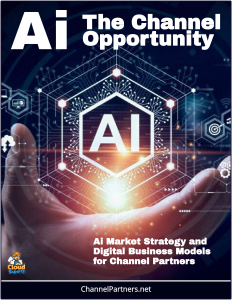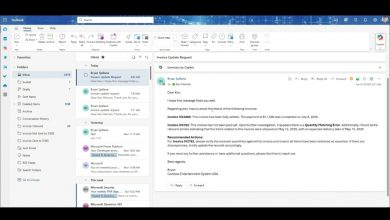Private AI – Key Trends in In-House AI Platform Development
 Enterprises are increasingly building and deploying in-house AI platforms, a trend driven by strategic, operational, and regulatory factors.
Enterprises are increasingly building and deploying in-house AI platforms, a trend driven by strategic, operational, and regulatory factors.
This shift reflects a growing need for organizations to maintain control over their AI infrastructure, particularly in industries like finance, healthcare, and manufacturing.
Large enterprises, such as JPMorgan Chase and Walmart, are developing custom platforms to address specific use cases, from fraud detection to inventory management.
Private AI
By 2025, a significant portion of global AI infrastructure spending—projected to reach $300 billion by 2026—is expected to focus on in-house solutions, as companies seek tailored systems that align with their unique business goals.
A key driver of this trend is data sovereignty and privacy. Stringent regulations like GDPR and concerns over data security push enterprises, especially in regulated sectors, to keep sensitive information within their own ecosystems.
Hybrid AI Strategies
Many enterprises adopt a hybrid approach, combining in-house AI platforms with cloud-based AI services (e.g., AWS AI, Google Cloud AI). This allows them to balance customization with scalability while leveraging cloud providers’ infrastructure for non-sensitive workloads.
A 2024 McKinsey survey found that 60% of enterprises use a mix of in-house and cloud-based AI solutions to optimize performance and cost.
For instance, the U.S. Army is enhancing its operational effectiveness by integrating CamoGPT and NIPRGPT, two generative AI tools designed to streamline military processes. CamoGPT, developed by the Army’s AI Integration Center, and NIPRGPT, created by the Air Force Research Laboratory, support tasks like document summarization, drafting, and coding assistance within secure military networks.
Additionally, in-house platforms offer customization, enabling firms to optimize performance and gain a competitive edge. Companies like Tesla have leveraged custom AI for autonomous driving, creating proprietary advantages that off-the-shelf solutions cannot match.
The availability of open-source frameworks, such as TensorFlow and PyTorch, further accelerates this trend by lowering development barriers.
Challenges and Opportunities
Despite the benefits, building in-house AI platforms presents challenges. The initial investment in hardware, software, and talent is substantial, often costing millions for large-scale models. Smaller enterprises may struggle to justify these expenses compared to larger firms with deeper resources.
Moreover, the complexity of managing data pipelines, model training, and deployment requires robust MLOps capabilities and skilled teams, which are scarce amid a global AI talent shortage. Scaling these platforms to enterprise-wide workloads can also be difficult, particularly when integrating with legacy systems.
Looking ahead, the trend is set to grow as enterprises mature in their AI adoption. Many are adopting hybrid strategies, blending in-house platforms with cloud-based services to balance customization and scalability.
Edge AI is gaining traction for localized data processing in sectors like manufacturing, while sustainability concerns are pushing firms to develop energy-efficient solutions. As AI becomes a core business function, in-house platforms will remain pivotal, enabling enterprises to innovate and compete effectively in a rapidly evolving landscape.



